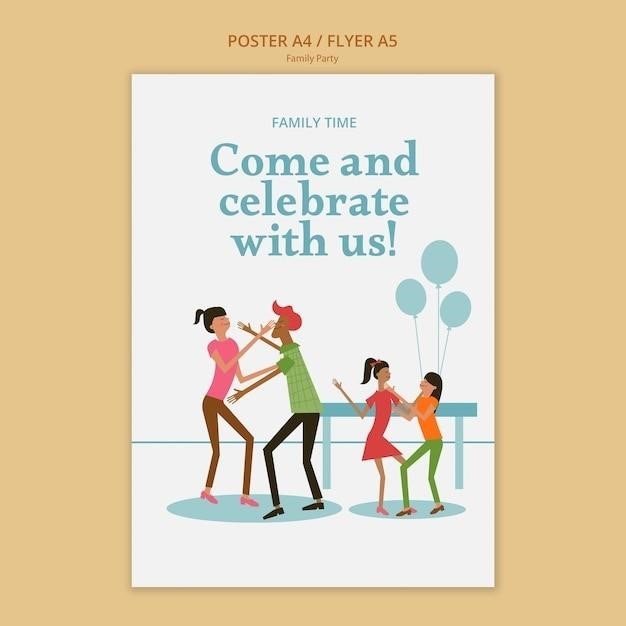The Impact of Child Marriage on Society
Child marriage is a harmful practice that has widespread and devastating effects on individuals, families, and societies. It is a violation of human rights and a major impediment to progress and development. Child marriage is often rooted in gender inequality and the low value placed on girls and women. It perpetuates cycles of poverty and limits opportunities for girls to reach their full potential.
Prevalence and Trends
Child marriage remains a global concern, affecting millions of girls worldwide. The practice, defined as a marriage or union in which either or both parties are below the age of 18, is a violation of human rights and has detrimental consequences for girls’ well-being. Despite global efforts to eradicate it, child marriage persists, with an estimated 650 million girls and women alive today having been married in childhood. The prevalence of child marriage varies significantly across regions, with the highest rates in sub-Saharan Africa, South Asia, and parts of the Middle East and North Africa. While the global rate of child marriage has declined in recent years, progress is not fast enough to achieve the Sustainable Development Goal target of eliminating child marriage by 2030. This underscores the urgency of addressing the underlying causes and promoting effective interventions to protect girls from this harmful practice.
Causes and Determinants
Child marriage is a complex issue with a multitude of interconnected causes, often rooted in deeply entrenched societal norms, cultural beliefs, and economic factors. Poverty plays a significant role, as families may see marrying off their daughters as a way to alleviate financial burdens or secure their economic future. Gender inequality, with its inherent undervaluing of girls, also contributes to the practice, as girls are often seen as a financial burden or less valuable than boys. Furthermore, cultural traditions and beliefs often dictate early marriage, sometimes justified by religious interpretations, societal pressures, or the fear of a girl remaining unmarried. In some contexts, child marriage is also linked to conflict and displacement, as families may resort to it for protection or to secure alliances. Addressing child marriage requires a multifaceted approach that tackles these underlying causes and empowers girls and their communities.
Consequences of Child Marriage
Child marriage has profound and enduring consequences for girls, their families, and society as a whole. It is a violation of human rights, depriving girls of their childhood, education, and agency. Child brides often face significant health risks, including increased vulnerability to sexually transmitted infections, maternal mortality, and complications during childbirth. Their educational opportunities are severely limited, hindering their future prospects and perpetuating cycles of poverty. Furthermore, child marriage can lead to social isolation, limited economic opportunities, and increased risk of domestic violence. These detrimental consequences have far-reaching implications for societies, hindering development, perpetuating inequality, and impacting the well-being of future generations.
Health Consequences
Child marriage poses significant health risks for girls, often leading to premature pregnancies and childbirth, which they are not physically or emotionally prepared for. This can result in complications such as obstetric fistula, a devastating injury that can lead to incontinence and social isolation. Child brides are also at increased risk of contracting sexually transmitted infections, including HIV, due to their lack of agency and power in negotiating safe sex practices. Furthermore, they are more likely to experience maternal mortality and morbidity, as their bodies are not fully developed and they lack access to adequate prenatal care. The health consequences of child marriage not only impact the girls themselves but also their children, who are at higher risk of premature birth, low birth weight, and infant mortality.
Educational Consequences
Child marriage has a devastating impact on girls’ education, often forcing them to drop out of school to assume their marital responsibilities. This deprives them of the opportunity to acquire knowledge, skills, and qualifications, limiting their future prospects and economic opportunities. The lack of education also contributes to their vulnerability and dependence, making it harder for them to escape poverty and challenge the social norms that perpetuate child marriage. Furthermore, the children of child brides are less likely to attend school, perpetuating a cycle of educational disadvantage. Investing in girls’ education is crucial for breaking the cycle of poverty and empowering them to make informed choices about their lives, including delaying marriage and having children when they are ready.
Economic Consequences
Child marriage has severe economic consequences for girls, their families, and society as a whole. It limits girls’ economic opportunities by hindering their ability to acquire education and skills, reducing their earning potential and trapping them in a cycle of poverty. Child brides are often forced into domestic labor, limiting their economic contribution and perpetuating gender inequality. The economic burden of child marriage also extends to families, as they may have to spend money on wedding ceremonies, dowries, and other related expenses, which can further exacerbate poverty. Furthermore, child marriage can lead to higher fertility rates, putting a strain on families’ resources and hindering economic development. Addressing child marriage is essential for achieving economic empowerment for girls and promoting sustainable economic growth.
The Social Impact of Child Marriage

Child marriage has profound social consequences, often reinforcing and perpetuating harmful social norms and practices. It can contribute to the marginalization and exclusion of girls, limiting their social participation and agency. Child brides are often isolated from their peers and denied opportunities for social development. The practice can also lead to increased domestic violence, as girls are often subjected to control and abuse by their older husbands. Child marriage can also weaken social cohesion by creating divisions and tensions within communities, particularly when it is linked to power imbalances and unequal access to resources. Addressing child marriage requires challenging these harmful social norms and empowering girls to claim their rightful place in society.
Addressing Child Marriage
Combating child marriage requires a multi-faceted approach that addresses its root causes and empowers girls and communities. Legal and policy interventions, such as raising the minimum age of marriage and enforcing existing laws, are crucial. Community-based interventions, including awareness-raising campaigns, community dialogue, and support for girls’ education, can help change social norms and attitudes. Educational interventions, particularly focusing on girls’ education and life skills training, empower girls to make informed decisions about their lives and futures. Additionally, involving religious leaders and traditional authorities in promoting girls’ rights and challenging harmful practices can be highly effective. International organizations play a vital role in providing technical and financial support to governments and communities working to end child marriage.
Legal and Policy Interventions
Legal and policy interventions are essential for addressing child marriage. Raising the minimum age of marriage to 18 is a critical step in protecting children’s rights. Enforcing existing laws and holding perpetrators accountable is crucial to deterring the practice. However, simply enacting laws is not enough. It is equally important to ensure that these laws are effectively implemented and enforced. This requires strengthening law enforcement agencies, raising awareness among communities about the law, and providing legal aid and support to victims of child marriage. Additionally, policies that promote girls’ education, economic empowerment, and access to healthcare can help create an environment where girls are less vulnerable to child marriage.
Community-Based Interventions
Community-based interventions are crucial for tackling child marriage. These approaches involve engaging with communities to change harmful social norms and empower girls and women. Community dialogues and awareness campaigns can raise awareness about the harmful consequences of child marriage and promote positive attitudes toward delaying marriage. Empowering girls and women through skills training, financial literacy programs, and access to economic opportunities can strengthen their agency and reduce their vulnerability to child marriage. Working with religious leaders and community elders can be effective in promoting positive social norms and challenging harmful practices. Community-based interventions should be tailored to the specific context and needs of each community, taking into account cultural sensitivities and local beliefs.
Educational Interventions
Education is a powerful tool for combating child marriage. Providing girls with access to quality education can empower them with knowledge, skills, and agency. Educational programs can address gender stereotypes, promote gender equality, and raise awareness about the harmful consequences of child marriage. Life skills training can equip girls with the knowledge and skills they need to make informed decisions about their lives and bodies. Schools can serve as safe spaces for girls to learn, grow, and develop their potential. Investing in girls’ education is an investment in their future, their families, and their communities. It can help break the cycle of poverty, promote gender equality, and build a more just and equitable society.
The Role of International Organizations
International organizations play a crucial role in addressing child marriage. They provide financial and technical support to governments and civil society organizations working to prevent and eliminate child marriage. They advocate for the rights of girls and women and raise awareness about the harmful consequences of child marriage. They work to promote gender equality and empower girls to make their own choices about their lives. They also support research and data collection to better understand the causes and consequences of child marriage and to develop effective interventions. International organizations are essential partners in the global effort to end child marriage and create a world where all girls can reach their full potential.
